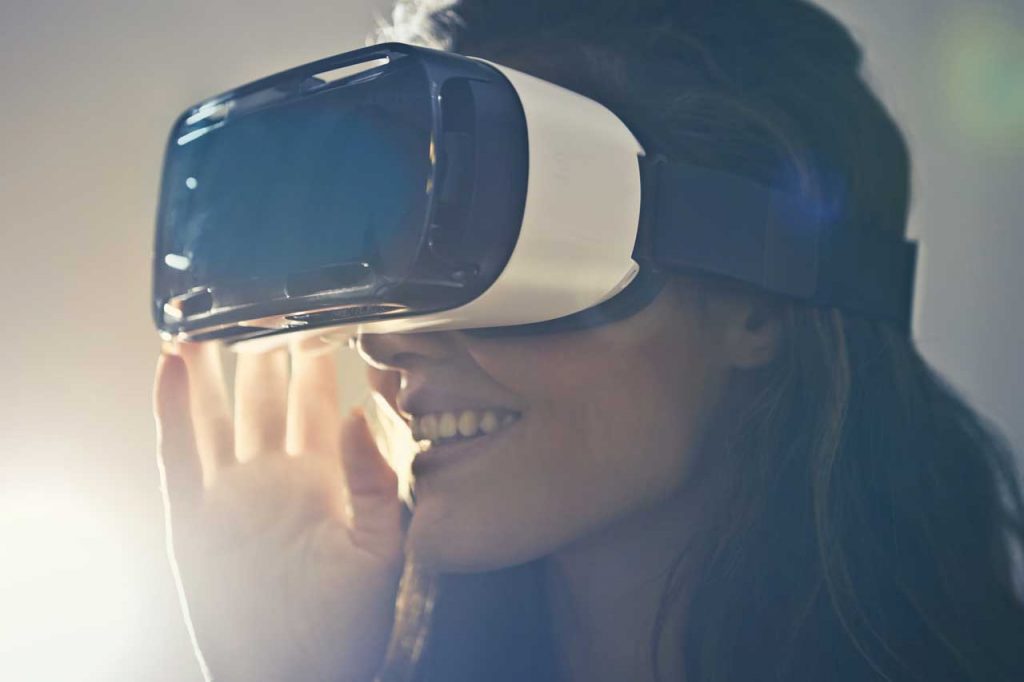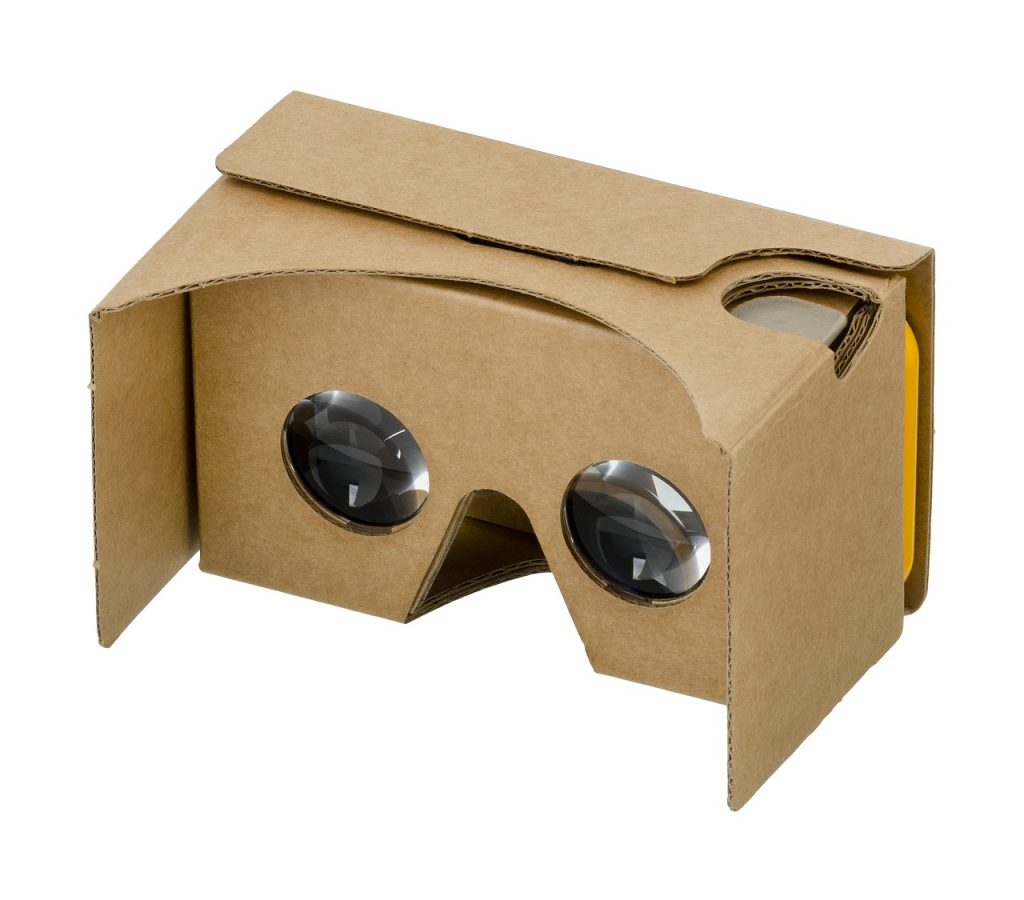 •
•
Marketers have been inundated with the term “virtual reality” or VR lately. They’ve also been trying to figure out the best ways to use it.
But, just what is “it”? Well, the term virtual reality, or VR, is used widely throughout the marketing industry and typically it is used incorrectly.
It’s often used as a blanket term to describe any type of immersive video, where – in reality – virtual reality is much more complex.
Virtual reality is a specialized and rapidly developing field where the viewer is able to control and manipulate aspects in a computer-generated environment.
Let’s face it, VR is pretty awesome. But unfortunately, it’s not attainable for the majority of consumers.
There are exponential costs associated with purchasing high-powered machines and headsets. Not only that, but the hyper-specific capabilities of VR make incorporating it into the marketing mix a challenge.

Consider how many people in your target market are already using the service you want to start marketing with. The more people that interact with your product, whether it be in person or online, the better. So, if only a small fragment of your target market is actually using the service, reserve your budget for something that will actually resonate with your audience.
When it comes to virtual reality, most people just don’t have access to the tech, and if they do, they aren’t yet incorporating it into their everyday lives.
This means you are limiting your exposure to those viewing the video at home and excluding a huge percentage of people.
“But wait,” you may be saying. “What about those videos I’m seeing all over social where I can scroll around and see what’s happening around me – aren’t those virtual reality?”
Well, not really. Those interactive images you’re seeing on Facebook are 360 videos.
360 videos feature spatial audio and spherical video, both of which create a fresh and exciting way for consumers to interact with your brand’s content.
While virtual reality sounds a little cooler, 360 videos are much more effective, not to mention more accessible and practical.
While both options provide users with a great experience, the only thing required to experience a 360 video is … wait for it … a smartphone!
And, in 2018, everyone’s got one of those. Sure, you can enhance the 360 viewing experience with headsets like the cheap Google Cardboard ($15) or cheap-ish Daydream ($99), but they’re not required.

That’s where 360 videos have a major advantage over VR, users are able to experience anywhere in the world, at any time.
So, let’s leave high-powered VR to the gamers. Create the same trans-portative (and portable) tech with 360 video to tell your stories.
 About The Author
About The Author
Jordan has been capturing video since his teenage days when his family and friends were his main viewers. He expanded that audience considerably using his talents to tell stories on a popular local news station before joining the agency ranks.
Now he uses an impressive combination of technique and creativity to cast brands in an engaging light. His well-trained eye is also evident in the urban exploration and photography of abandoned spaces he tends to partake in on the weekends.
Jordan is well-trained as well with an undergraduate degree in mass communications that complements his experience.